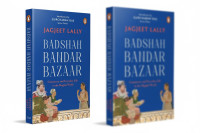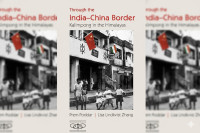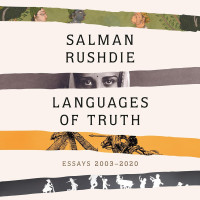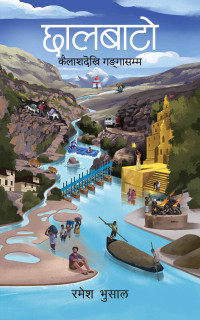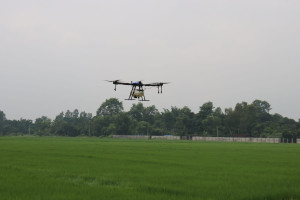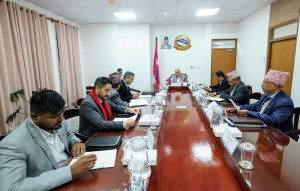Books
Peace politics in Nepal
‘Post-War Instability and Human Security in Nepal’ explores how Nepal’s decade-long Maoist insurgency continues to shape the country’s social landscape.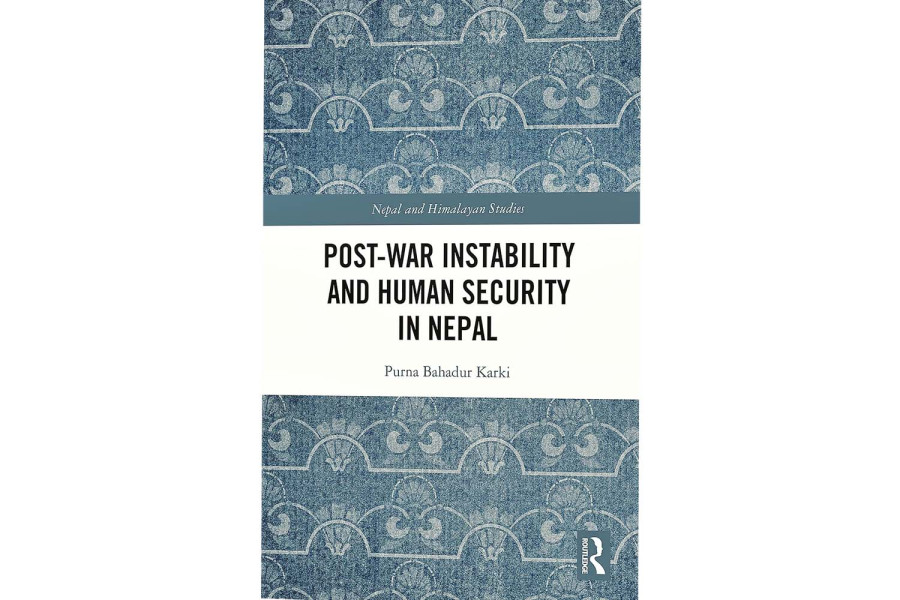
Bhim Regmi
‘Post-War Instability and Human Security in Nepal’, by Purna Bahadur Karki, contributes to the understanding of peace and human security in Nepal. Published by Routledge, the book explores the repercussions of the decade-long Maoist insurgency (1996–2006), which led to thousands of deaths and a political crisis.
Karki’s analysis sheds light on the political upheaval that dismantled Nepal’s traditional constitutional monarchy in 2008. Further, as a postdoctoral research fellow at the Institute of Global Studies in Tokyo, his research spans a wide range of topics, including South Asian history, the dynamics of political parties in Nepal, and the parliamentary system.
The book explores Nepal’s precarious human security situation and outlines methods to strengthen it, focusing on the Maoist insurgency, peace-building, and conflict resolution. He posits that peace-building is not merely an endpoint but a vital process for enhancing citizens’ freedoms in post-conflict societies. His insights are crucial for understanding the root causes of the insurgency and charting the path to political and social stability in Nepal.
Divided into six chapters, the book provides a comprehensive history of Nepal’s political turmoil from the early 1950s to 1991 and examines the Maoist insurgency from 1996 to 2006. It highlights the importance of restoring trust in the state’s ability to provide security and uphold the law. The political and economic challenges that have hindered human security in Nepal are critically analysed, and the state’s failure to address these issues is identified as a key reason for ongoing instability and social unrest.
This book outlines the prelude to the Maoist insurgency, the rise of the Maoist movement, the social and economic impact of a decades-long conflict, ethnic and regional factors of people’s war, and the post-conflict transition.
Karki’s assumption of essential elements for improving human security includes education, healthcare, economic opportunities, and social inclusion. He addresses fundamental questions about the role of peace-building, the key players involved, and how human security initiatives can enhance freedom in Nepal. He borrows the ideas of John Paul Lederach, a leading peace-building scholar, and emphasises the importance of human capacities to envision and realise new patterns of relationships. To the writer, peace-building is a tool to recover from all forms of structural violence and transform society to reduce hostility and focus on the individual level to heal the impact of war.
The author references several notable scholars in the book. Wendy Lamoure defines peace-building as “strategies designed to promote a secure and stable lasting peace in which the basic human needs of the population are met, and violent conflicts do not recur.” Earl Conteh-Morgan emphasises a constructive approach to peace-building, likening it to society building. Rebecca Spence insists that post-conflict peace-building must tackle the root causes of conflict. The literature on conflict management and transformation highlights a gap in theoretical frameworks for conflict intervention, as noted by Scimecca in ‘Theories and Alternative Dispute Resolution’.
Karki states that the Maoist insurgency emerged as a response to the profound inequalities within Nepali society. While it played a role in overthrowing the monarchy, the promises of peace and prosperity remain unfulfilled. The post-conflict situation is still fragile, with political instability, poverty, and social exclusion posing significant challenges.
For Nepal to achieve lasting peace, it must address the root causes of conflict, including economic inequality, ethnic and regional discrimination, and weak governance. Only through a comprehensive approach to development, social inclusion, and political reform can Nepal hope to build a stable, democratic society that fulfils the aspirations of all its people. Through these efforts, Nepal can see hope for achieving a peaceful and equitable future.
Nepal’s conflict and peace process serves as a poignant reminder of the importance of inclusivity, political accountability, and addressing the needs of the marginalised in any transition to peace.
Karki asserts that Nepal has undergone an excruciating political transition, with the Comprehensive Peace Agreement of 2006 serving as a crucial milestone in this process. It envisions restructuring key state institutions, including the judiciary, legislature, executive, and security forces. The remaining case about transitional justice is limited due to the government and the political parties of Nepal not taking further political steps.
This book can be invaluable for university students studying peace and conflict and those seeking a deeper understanding of modern Nepali history. It is also an essential guide for policymakers involved in post-conflict reconstruction and managing ongoing conflicts. This book is a thoroughly researched work on peace and conflict in post-conflict Nepal, contributing to political and conflict scholarship.
Regmi is an associate professor at TU.
______
Post-War Instability and Human Security in Nepal
Author: Purna Bahadur Karki
Publication: Routledge
Year: 2024




 13.12°C Kathmandu
13.12°C Kathmandu

